This Platinum Curidas, sent to me by Pen Classics, has been a little while in the making! Platinum released the Curidas in early 2020 and it has always been a curious fountain pen and one I always wanted to add to my collection and compare with other retractable nibbed fountain pens! Now is the time.
Thanks again to Pen Classics for sending me the Platinum Curidas which was given away (curtesy of Pen Classics) after the review to celebrate six years of Fountain Pens Australia!
The name ‘Curidas’ is portmanteau of Kuridasu, a Japanese word referring to the action of extending the nib and Curiosity. Much of Platinum’s copywriting is about the efficiency of not having to unscrew and place a lid down and so you won’t miss out on an important note as well as emphasising the Nib Pocket’s ability to prevent the nib from drying out.
The cartridge/converter Platinum Curidas comes in five different colours: Gran Red, Abyss Blue, Urban Green (featured in this review), Graphite Smoke, and Prism Crystal (also featured in this review). The colours seem fairly deep and rich, judging from the Urban Green which I have seen in person. There are only three nib options (Extra Fine, Fine and Medium) but for the purpose of this pen that Platinum is promoting (quick notes) these nib sizes work well.
The pen is curiously designed as well with a very easily (but not completely) disassembly of the pen not just possibly but necessary to refill the pen. There are some odd lumps on the pen and Platinum designed the pen to have the clip removable and even encourage you to do that!
Packaging
The packaging is fairly simple with a card slip case with a black and white graphic of the Curidas on the front. The main coffin-style plastic box that holds the pen has the expected false bottom and simple pen holding elastic.
The pen does come with a decent amount of instructions distinct from the instructions you would often find on fountain pens. It tells you how to disassemble the pen to refill, remove the clip (and reattach), and how to clean inside the grip. To accompany the instructions for removing the clip and cleaning the nib pocket/inside grip is the items that are required for you to do just that. It includes some silicon oil (as opposed to silicon grease, oil is more fluid) for cleaning the nib section as well as three cotton tip buds (that have paper rather than plastic sticks – unfortunately they are still encased in plastic bags). Lastly there is the tool that helps you remove and reattach the clip.
Details
I usually prefer demonstrator pens that show the ink sloshing around (so not as much with pens that use a cartridge converter system). However I think this pen really lives up to the original purpose of ‘demonstrator’ pens. That is to demonstrate the internal mechanisms of the pen. And this pen has lots of internal mechanisms to show off! You can see all the springs, bits of plastic, hooks, guides covers lumps; very interesting!
The pen has CURIDAS and Platinum Made in Japan written onto it but is otherwise somewhat intricately moulded plastic. Some of the moulds are there as plastic rail guides to hold the button in place and not rotate and some seem to act as a brace to hold the nib section area in place. The clip is a simple folder metal clip but you can somewhat easily remove it (more on that below).
Because of the mechanism at the front of the pen that retracts and protects the nib the knock button at the back of the pen is quite large; indeed a whole 3.6cm long with the nib retracted! This required a large extension of the thumb to reach and a deep press of the button, in fact you need to press the button almost the entire 3.6cm.
The pen is a injection moulded plastic or resin. The plastic does feels softer than the plastic on a Lamy Safari, for example and definitely doesn’t feel premium at all but this also isn’t marketed as a premium pen.
The biggest ‘issue’ with the pen is probably the lump underneath of the section where you might hold the pen. The above photos show how this interacts with where you hold the pen. If you hold the pen shallow and near where the nib is or a bit further back closer to the clip then the lump mostly doesn’t get in the way but if you hold the pen in the middle with a standard tripod grip then the lump does protrude into middle finger at the bottom. Where I hold the nib, which is closer to the third image, I find the pen quite comfortable to hold and write with for extended period. However if the centre photo is more where you would default to when writing it might be uncomfortable after a while.
So why is the lump there? As far as I can tell the reason is to help with the air-tightness of the nib pocket and prevent it from drying out. The nib pocket door is designed to naturally rest open but the when the nib retracts this door is set onto a rail guide that pushed the nib closed tight against the soft-plastic housing. For the door carriage to ride this guide rail it needs a have a slide unit that slides through the guides and that means it needs to have a lump on the door. That slide unit bump then needs to go somewhere when it naturally falls open after the guide rail ends and so that is where the outside plastic lump comes into play; it provides a spot for the door’s slide unit bump to sit protected when open otherwise the slide unit would need a hole and would then rub on the middle finger directly. Because the door is likely much more easily damaged than the plastic body of the pen this bump in the section protects the door. For some reason as well, however, the bump is also actually open to the air which I can’t explain!
Top us the pen with all the removable components and so is completely disassembled (at least as much as Platinum intend you to disassemble). The nib pocket is still in tact inside the section part. The parts are:
-
Clip
-
Spring
-
Section with nib pocket
-
Rear body with button components
-
Nib and feed
-
Cartridge/Converter holder and hook system
Here is how the pen assembles. The first photo shows with a cartridge and the subsequent photos show it with a converter.
-
Cartridge/converter into feed
-
Cartridge/converter holder over cartridge/converter
-
Constructed feed and cartridge/converter unit goes into a spring
-
Whole unit with spring goes into the section
-
Rear body with button components screws over the protruding the cartridge/converter
If you remove the clip there is a protruding piece plastic that is used as a clip guide. Removing the clip involves a piece of half-cylinder plastic that wedges underneath where the clip clips on at the side of the pen which lifts it out from the plastic clippings that hold it in. Platinum recommends doing the procedure in reverse to reapply the clip
Nib
The steel nib on this Curidas is distinct from Platinum’s other low-cost fountain pens but it has the same look. It is a thinner profile to the Preppy, Procyon, or Plaisir pens but has the ‘p’ Platinum logo with the nib size underneath just the same.
Platinum has only a couple of things to say about the the nib and only this seems relevant to it’s design:
Slim and long-shaped nib gives easier control of pen tip when you write.
I’m not sure how true this really is but it is a slimmer nib.
I’ve tried the Fine and Medium and starting with the Fine nib it is smooth with some pleasant feedback with excellent flow and consistent flow. There have been no hard starts and no drying out of the nib in my experience with this nib. It also worked perfectly out of the box.
The fine nib is also decently fine. It is cleary thinner than the JoWo Fine on the second Esterbrook Etsie and even slightly thinner than the Pilot Vanishing Point Fine nib but only slightly thicker than the Nagahara Needlepoint on the Franklin-Christoph. This is a good fine nib size!
The Medium nib maintains a similar writing experience to the Fine. It is decently wet (though I’d say slightly less than the fine) as well as smooth but with some pleasant feedback. I also had no hard starts or drying out and it too worked perfectly straight out of the box.
The Medium nib is definitely more in line with western standards of what ‘medium’ is with it being much closer to the Lamy (Gold nib) Medium and the Bock TWSBI and Sheaffer Medium than it is to the Japanese Sailor Pro Gear Medium.
Deminsions
The Platinum Curidas is quite a decently sized pen at 15.3cm retracted. As mentioned already, a large part of that is the knock button on the pack which extend 3.6cm! The long button also gives the pen a somewhat unbalanced profile when the nib is retracted in my opinion. It isn’t ugly but it doesn’t feel balanced to me. The girth of the pen is also on the wider side but nothing extreme. With the nib extended a whole 1.4cm is shaved off the length of the pen – quite a lot! I find the visual balance of the pen with the nib extended quite pleasing to the eye!
| Pen | Capped | Uncapped |
|---|---|---|
| Montblanc Heritage 1912 | 12.2cm | 12.7cm |
| Lamy Safari | 14cm | 13cm |
| TWSBI Eco | 14cm | 13.2cm |
| Pilot Vanishing Point | 14cm* | 13.7cm§ |
| Platinum Curidas | 15.3cm* | 13.9cm§ |
| Pilot Fermo | 14.1cm* | 14.8cm§ |
| Sailor Pro Gear (Full Size) | 13cm | 11.6cm |
| Pelian M805 | 14.1cm | 12.7cm |
| Esterbrook Estie | 15.3cm | 12.9cm |
| * Retracted Nib – § Extended nib |
| Pen Weight | Capped | Uncapped |
|---|---|---|
| Montblanc Heritage 1912 | 49.4g | 35g |
| Lamy Safari | 20g | 11g |
| TWSBI Eco | 20.8g | 12.3g |
| Pilot Vanishing Point | 30g* | – |
| Platinum Curidas | 28.4g* | – |
| Pilot Fermo | 34.1g* | – |
| Sailor Pro Gear (Full Size) | 24.9g | 16.1g |
| Pelian M805 | 29.6g | 21g. |
| Esterbrook Estie | 25.9g | 16.6g |
| *Same Wieght with nib retracted or extended |
The Curidas clearly stands out here in terms of length with the nib retracted as only the Esterbrook Etsie is as long. Interesting when moving between retracted and extended positions the Pilot Vanishing Point loses only 3mm in length and the Pilot Fermo grows by 7mm making its length, extended, almost the same as the Curidas’s length when retracted.
In terms of weight the Curidas isn’t light and in fact does start to get more words a heavier with it weighing a similar amount to a Pelikan M805. It is also more front heavy. Even though it is mostly plastic it is still only 1.6g lighter than a Pilot Vanishing Point. I found this pretty interesting! The pen doesn’t feel heavy to me and the pen sits comfortably with its wight in my hand.
Finally I like to compare the pen with other pens in a similar colour family and as I took this photo after I sent the Urban Green pen to the winner it can only be compared with other colourless fountain pens! Obviously the Pilot and first TWSBI pictured above show the ink primarily and you don’t see the clear plastic as well (as would be the case with the last TWSBI were it inked). The Curdas most closely resembles the first Franklin-Christoph here and would be similar to any clear plastic cartridge converter pen in general.
Final Remarks
I think that the portmanteau name really does represent the pen well but I possibly don’t mean it the way Platinum does. For me I find the mechanical design of the Curidas to be very curious. Why did they choose a mechanism that seems to have so many curiosities such as the nib door plastic bump and the large button press? Both of these curiosities make sense within this design but why did they choose this design? Perhaps it was all because of the design to have a more airtight nib pocket? I don’t know! Regardless I find it curious. And I don’t mean that negatively – more neutral. Outside of these curiosities I’m really enjoying the pen and I have been keeping it with me at my day job all day recently and using it for quick notes – just how Platinum advertise the intended use of the pen. It is quick and easy to use, the nib is a delight to use and works perfectly straight away even after a while without use. It’s a great pen that I pack into my pocket, curiosities and all!
The Curidas Fountain Pen is NZ$129.99 from Pen Classics which converts at the time of this review to around AU$121 and US$87. This puts the pen above that of a Plaisir but yet at the price point of a gold nibbed Pilot Vanishing Point (there is a steel nib Pilot Vanishing Point that can be bought but that too is slightly higher but the difference is more narrow).
Thanks heaps to Pen Classics for sending the Curidas in for review and giveaway! Check them out and do consider them for you next purchase.
✒︎ ✑ ✒︎ ✑
Thanks for reading! If you have any questions, comments or suggestions please let me know in a via the comments, Instagram, or contact me directly.
You can find my ink collection here and my pen collection here. Is there something you’d like reviewed? Let me know!
For blog updated you can follow @macchiato_man on Twitter, subscribe via email, or like my Facebook page. Check out the sponsors of this blog as well!
I was not compensated for this review and everything here is my own honest opinion. There are no affiliate links in this review. I was sent this item for the purpose of an honest review. Pen Classics does sponsor the blog (although during the pandemic I have suspended any payments).




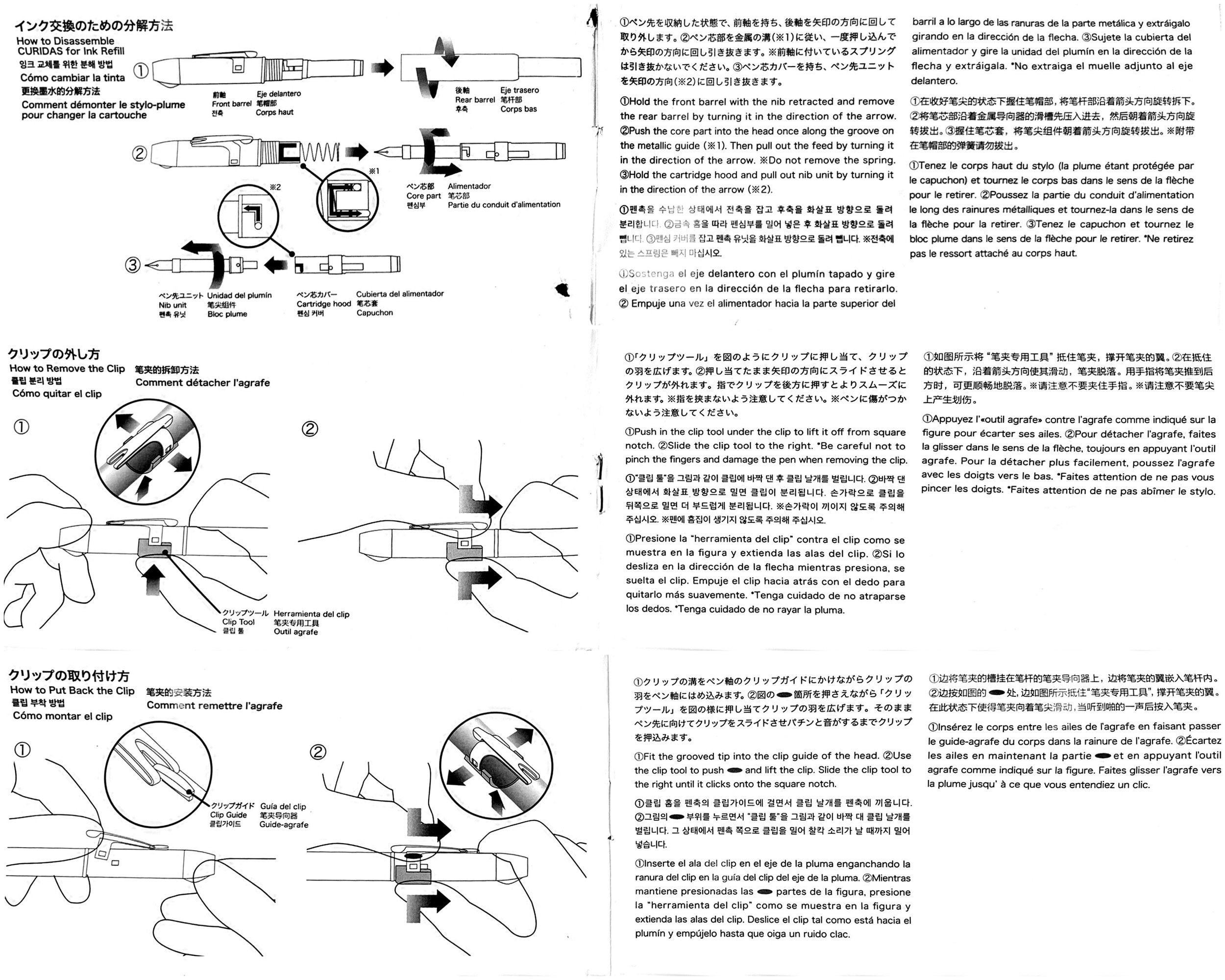




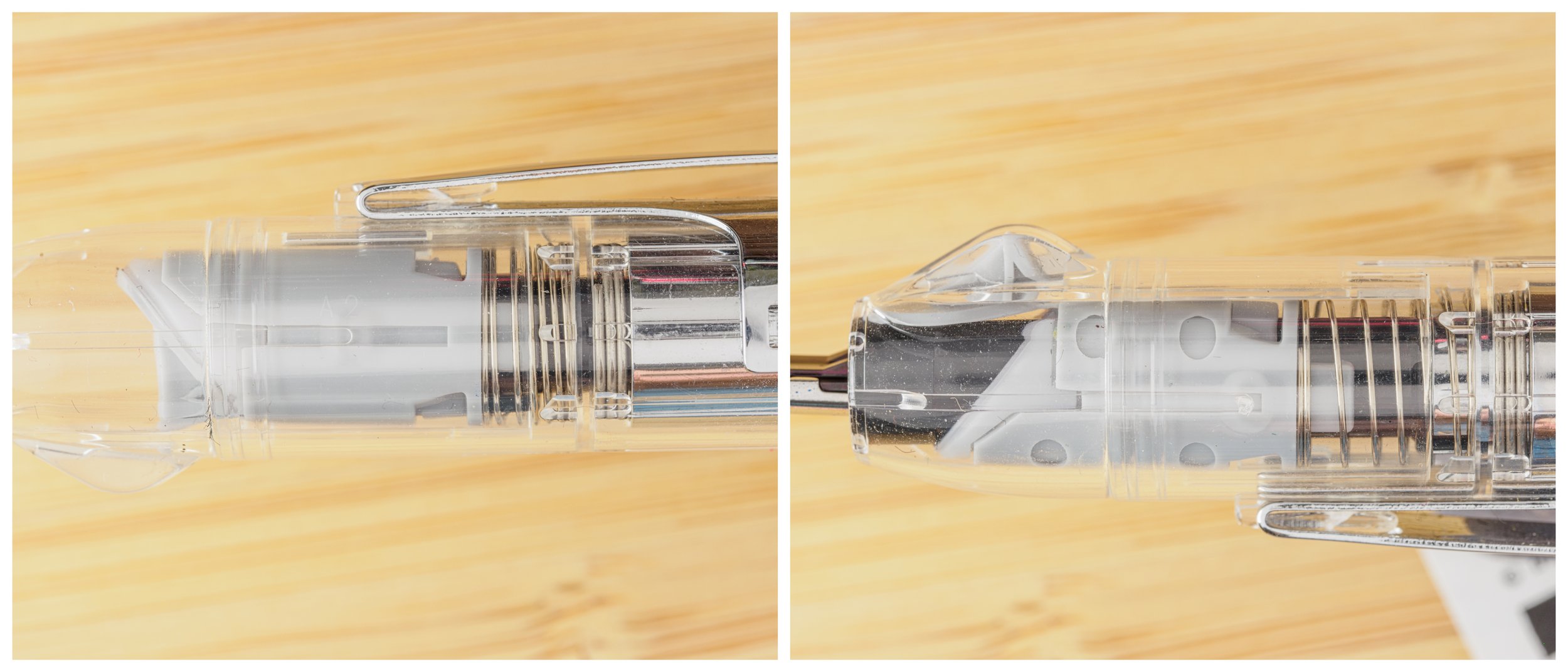




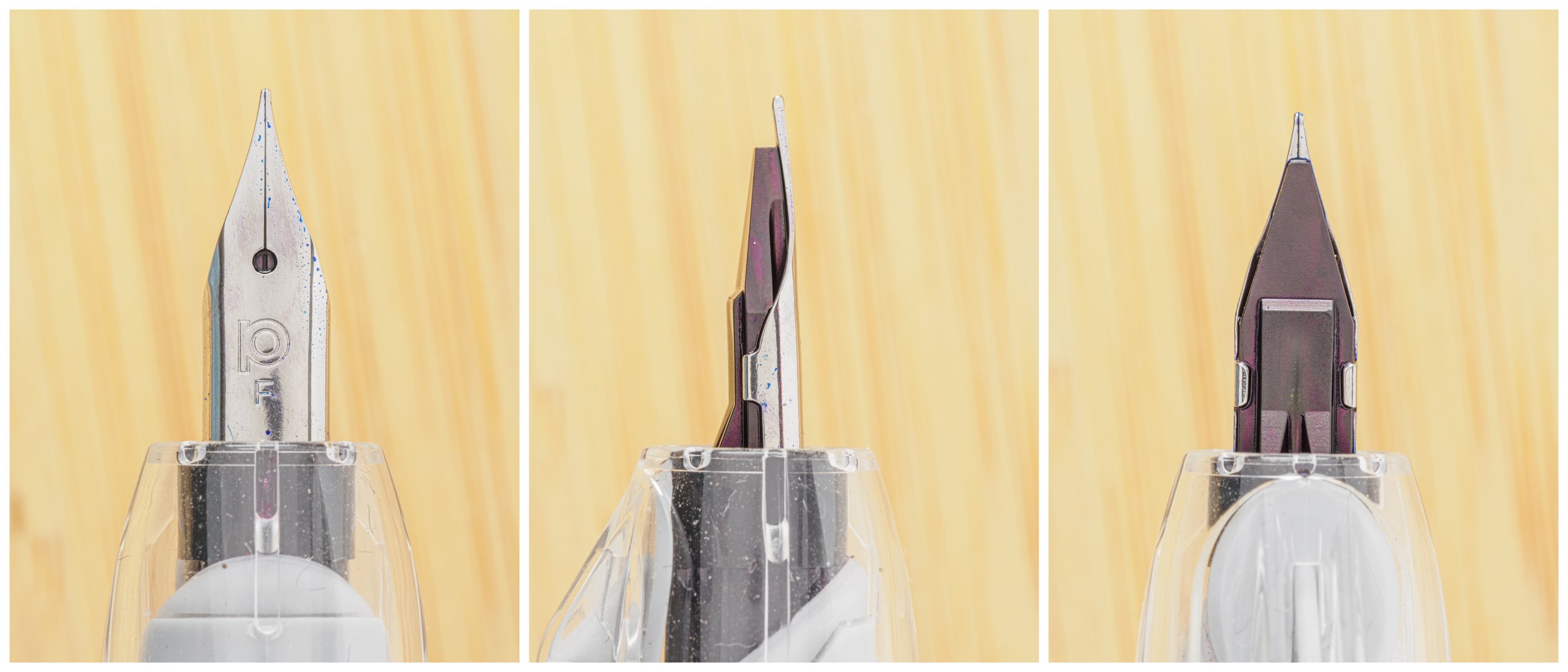
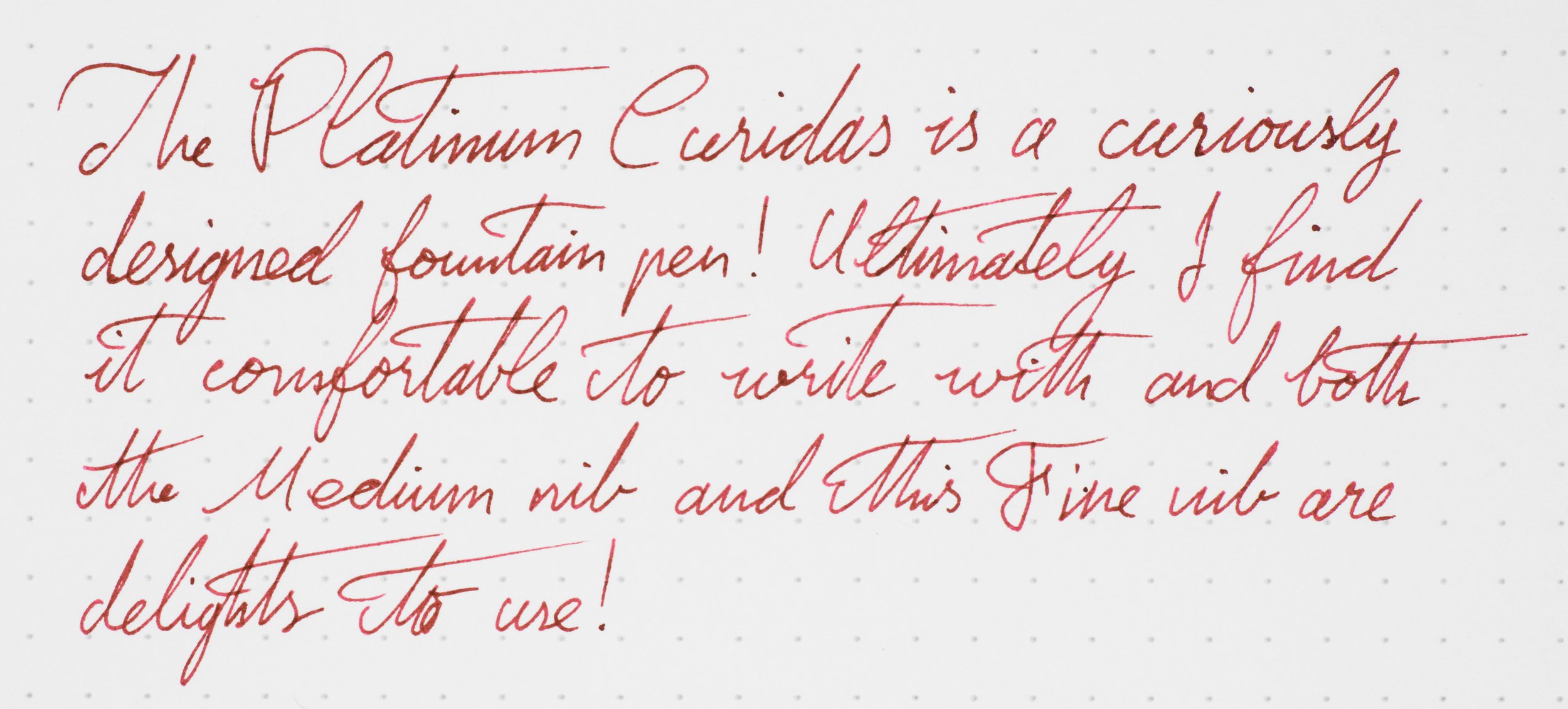
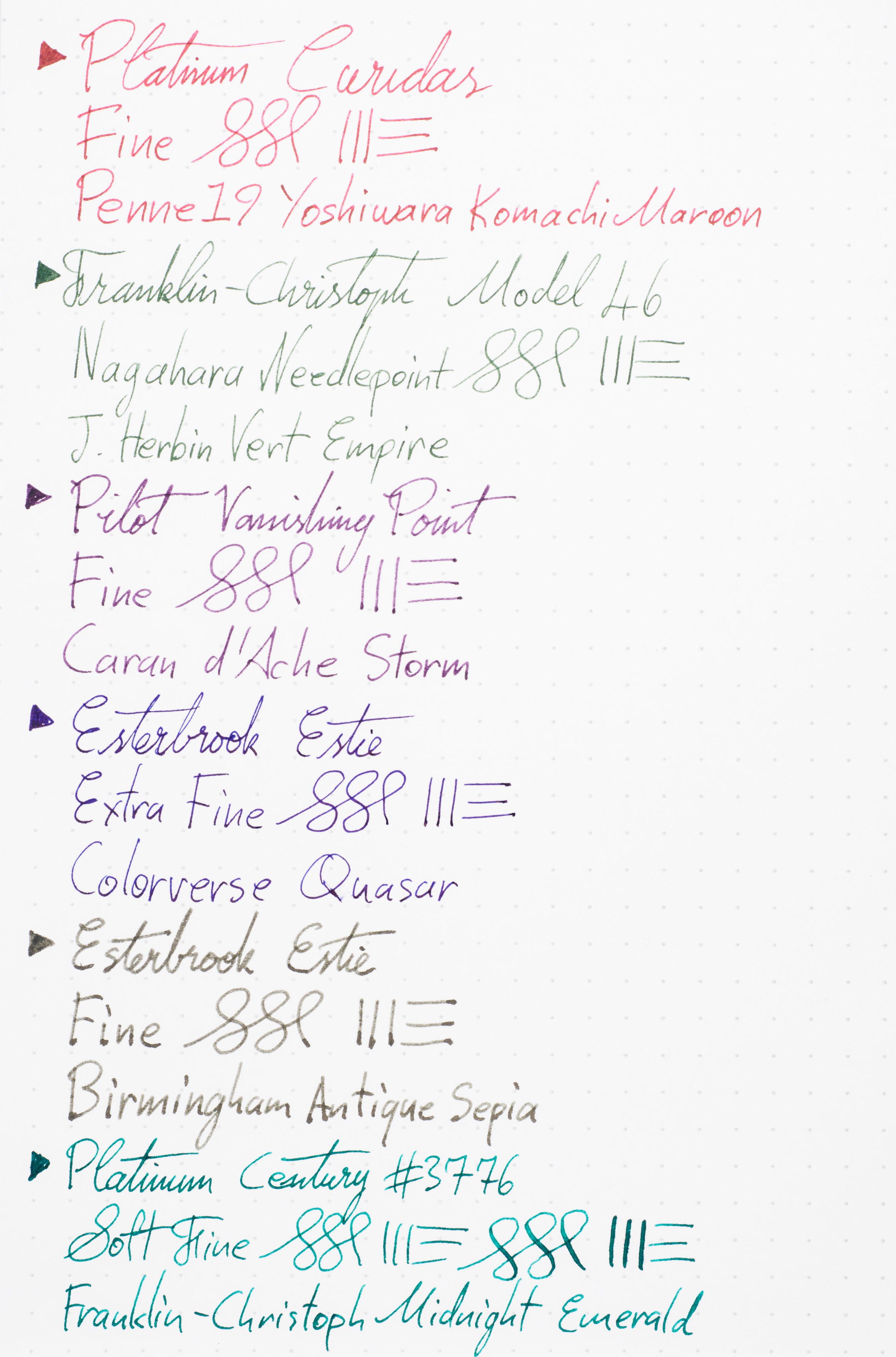








Leave a Reply